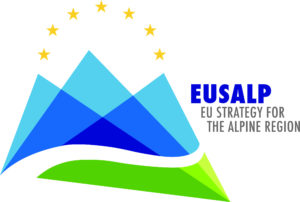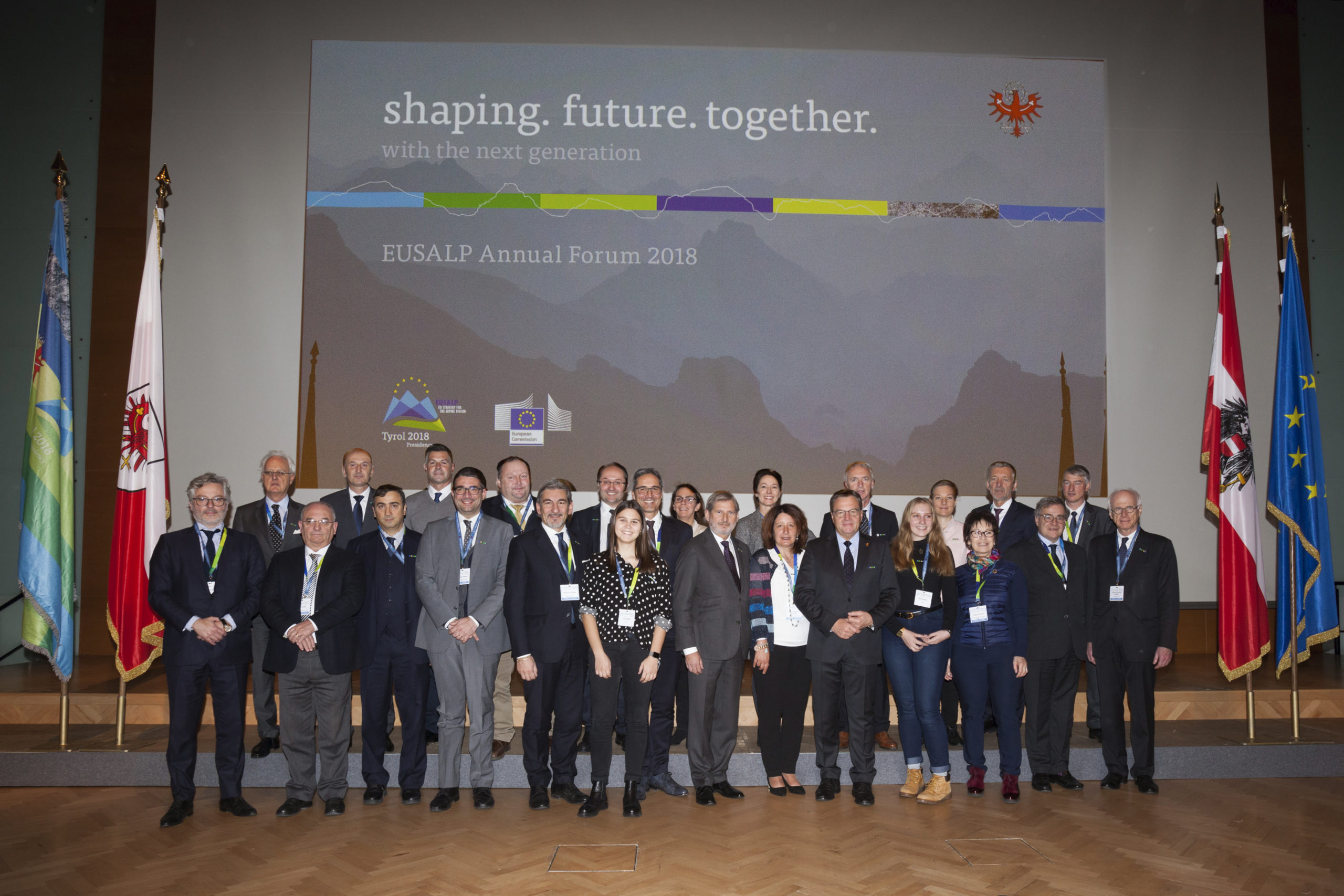The Alpine region is characterised by unique geographical and natural features.
Did you know that…
… the Alps are home to over 4,500 plants, of which 400 only occur in the Alps? The most famous alpine flower, which has also become the symbol of the Alps, is the edelweiss.
… the average temperature in the Alps has risen by nearly 2° in the last 120 years? This is almost twice as much as the global average.
… there are over 80 four-thousand-metre peaks in the Alps? The highest peak of the Alps is the Mont Blanc with an altitude of 4,810 metres.
… the Alps are the source of many important rivers in Europe, such as the Rhine, the Po or the Rhone? Before the water of the Alps is fed to four different seas (North Sea, Mediterranean, Adriatic, Black Sea), it is allowed to form some well-known lakes. The largest is Lake Geneva.
… more than 40% of the Alpine area is not permanently or not at all populated?
… 4.77 million trucks roll over the Alps every year, half of them over the Brenner Pass?
The EU Strategy for the Alpine Region offers the opportunity to meet the special challenges of the Alpine Space with innovative initiatives. It brings together seven states (Germany, France, Italy, Austria, Slovenia, Switzerland and Liechtenstein) and 48 regions.
The EU Strategy for the Alpine Region focuses on three priorities: competitiveness and innovation, environmentally friendly mobility and accessibility, and sustainable management of energy, natural and cultural resources.
The participating states and regions as well as the EU coordinate in nine thematic action groups and develop concrete projects. In addition, they are dedicated to the cross-sectoral goal of governance.










